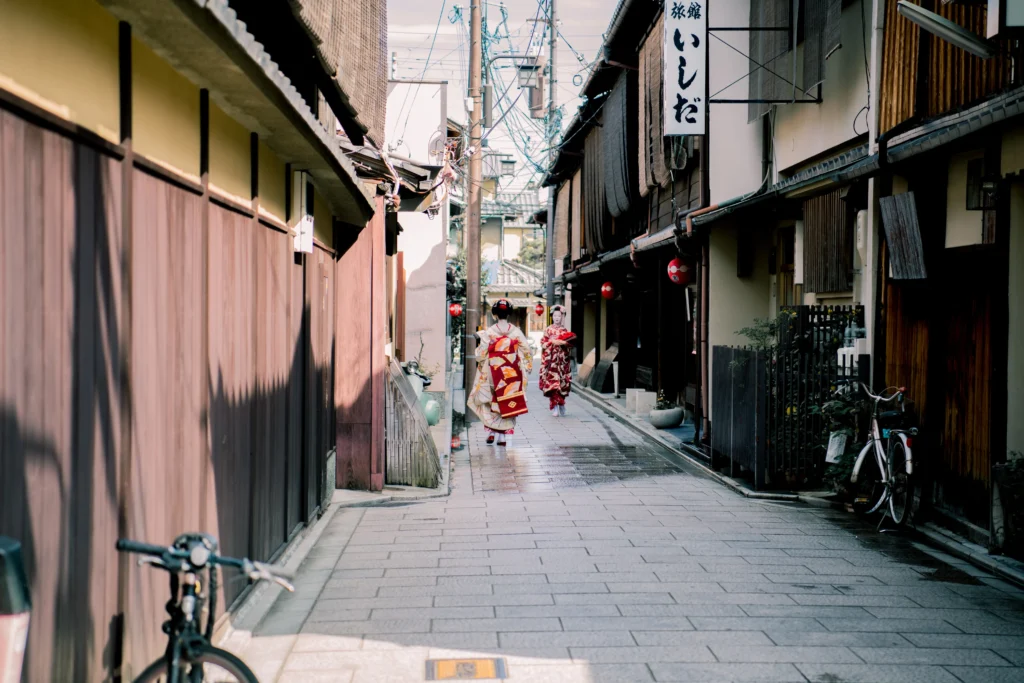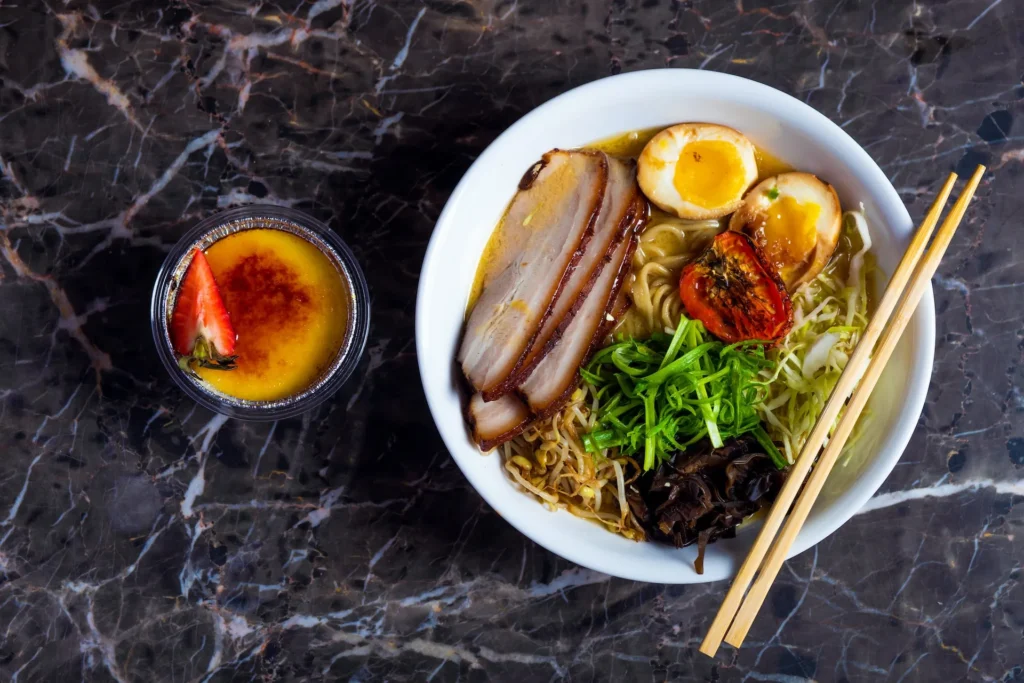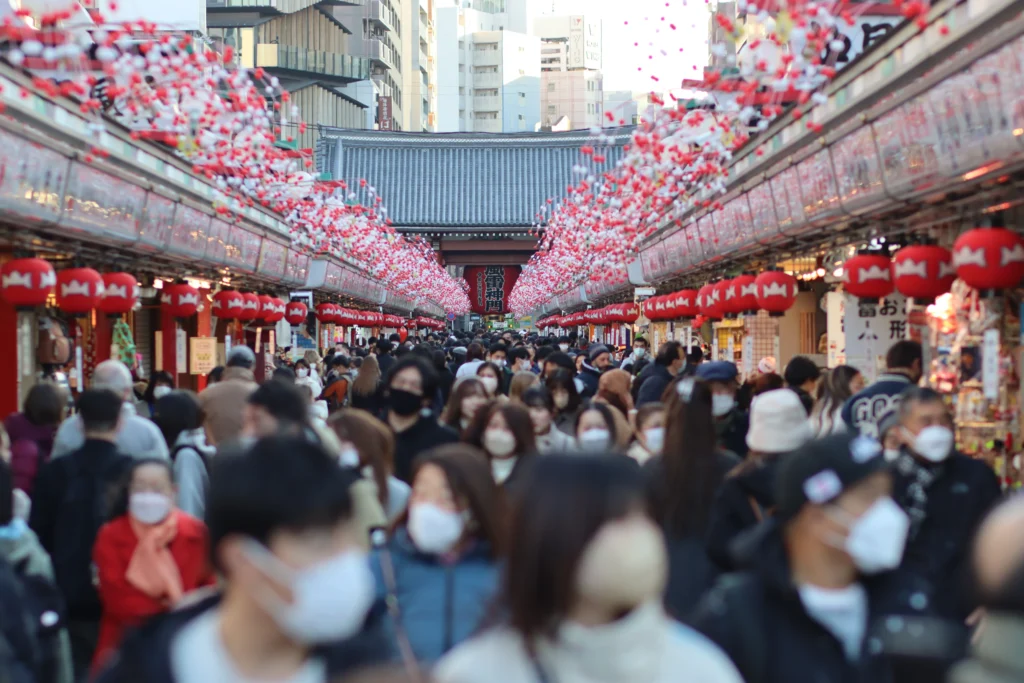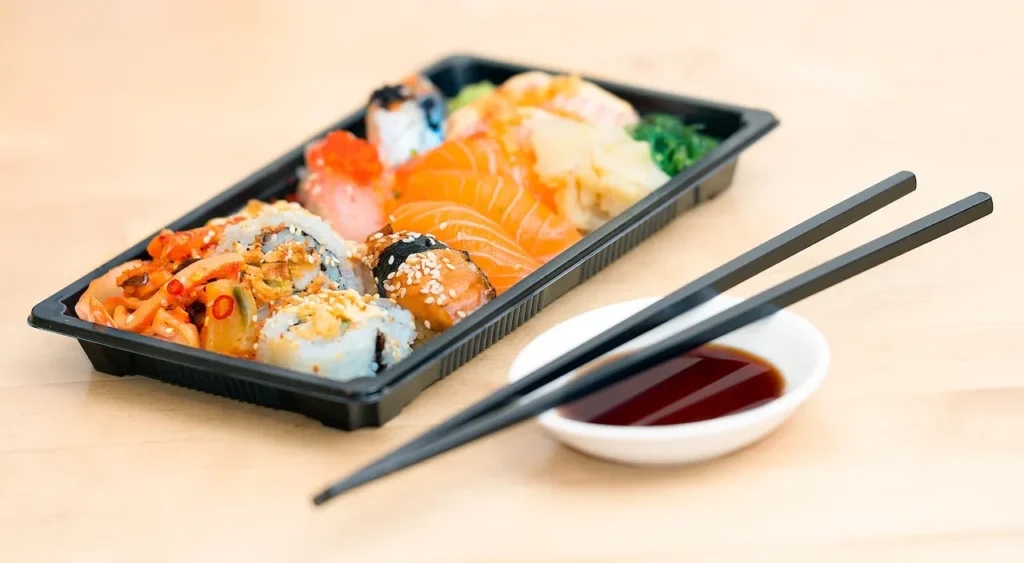
The cost of living in Tokyo is affected by many factors, including the location and size of your apartment, your lifestyle choices, and your job. For example, living in a trendy neighborhood like Shibuya or Shinjuku will likely cost more than living in a quieter neighborhood like Kichijoji. Similarly, if you enjoy eating out at high-end restaurants and shopping for luxury goods, your cost of living will be higher than if you prefer to cook at home and shop at local markets.
When people think of Tokyo, they often imagine a bustling metropolis filled with bright lights, towering skyscrapers, and unique cultural experiences. However, living in Tokyo can also come with a high cost of living. Before deciding to move to Tokyo, it’s important to understand the expenses you’ll face and how to balance them with your quality of life.
The Cost of Living Index for Tokyo
One way to measure the cost of living in Tokyo is to look at the Cost of Living Index. This index takes into account factors such as housing, food, transportation, and other expenses and compares them to the cost of living in New York City. According to Numbeo, a database of user-contributed data, Tokyo’s Cost of Living Index is 100.87, meaning it is slightly more expensive than New York City.
However, the Cost of Living Index doesn’t tell the whole story. Tokyo’s cost of living can be more expensive or less expensive depending on where you’re coming from. For example, if you’re moving from a small town, Tokyo may seem very expensive. But if you’re coming from another major city like London or San Francisco, Tokyo’s cost of living may actually be lower.

Factors that Affect the Cost of Living in Tokyo
The cost of living in Tokyo is affected by many factors, including the location and size of your apartment, your lifestyle choices, and your job. For example, living in a trendy neighborhood like Shibuya or Shinjuku will likely cost more than living in a quieter neighborhood like Kichijoji. Similarly, if you enjoy eating out at high-end restaurants and shopping for luxury goods, your cost of living will be higher than if you prefer to cook at home and shop at local markets.
Housing is one of the biggest expenses in Tokyo, and finding affordable options can be a challenge. Here are some things to consider when looking for a place to live in Tokyo.
Average Cost of Rent in Tokyo
The cost of rent in Tokyo can vary widely depending on the location, size, and age of the apartment. According to Numbeo, the average cost of a one-bedroom apartment in the city center is around ¥120,000 per month (about $1,100 USD). However, if you’re willing to live further out from the city center or in a smaller apartment, you can find more affordable options.
Types of Housing in Tokyo
There are several types of housing options in Tokyo, each with their own advantages and disadvantages. For example, apartments (known as “mansions” in Japan) are the most common type of housing and can range from small studios to spacious multi-room apartments. In addition to apartments, there are also share houses, which are communal living spaces where you share common areas like the kitchen and bathroom with other residents. Another option is a guesthouse or hostel, which are typically cheaper but offer less privacy.

Tips for Finding Affordable Housing in Tokyo
If you’re looking for affordable housing in Tokyo, there are several things you can do to increase your chances of finding a good deal. For example, consider living further from the city center or in a less trendy neighborhood. You can also try looking for apartments that are a little older or smaller, as these tend to be cheaper. Additionally, it’s a good idea to use Japanese-language websites like Suumo or Homes to find apartments, as these sites often have better deals than English-language sites.
Cost of Dining Out in Tokyo
Dining out in Tokyo can be expensive, especially if you stick to high-end restaurants or touristy areas. However, there are also plenty of affordable options, such as izakayas (Japanese-style pubs) or ramen shops, where you can get a filling meal for under ¥1,000 (about $9 USD). Additionally, many convenience stores and supermarkets offer affordable prepared foods, which can be a great option for budget-conscious travelers.

Cost of Drinking in Tokyo
Alcohol can be a significant expense when dining out in Tokyo, as many restaurants and bars charge a seating fee or have a minimum order requirement. However, there are also many affordable options, such as standing bars or izakayas that offer all-you-can-drink specials for a fixed price. Alternatively, you can purchase alcohol at a convenience store or supermarket and enjoy it in the privacy of your own accommodations.
Tips for Saving Money on Food and Drink in Tokyo
If you’re looking to save money on food and drink in Tokyo, there are several things you can do. For example, consider eating at smaller, local restaurants rather than high-end establishments or touristy areas. You can also take advantage of lunch specials or set menus, which are often more affordable than ordering à la carte. Additionally, it’s a good idea to try the local street food or visit a depachika (underground food hall), where you can find a wide variety of foods at affordable prices.

The Cost of Transportation in Japan’s Capital City
Tokyo is a vast city with an extensive public transportation system that can be both convenient and affordable. Here are some things to keep in mind when budgeting for transportation in Tokyo.
The most affordable way to get around Tokyo is by using the city’s public transportation system, which includes buses, trains, and subways. While there is a bit of a learning curve to navigating the system, once you get the hang of it, it’s relatively easy to use. You can purchase a prepaid card called a Suica or Pasmo, which you can use to pay for fares on all forms of public transportation. Fares vary depending on the distance traveled, but are generally affordable, with most trips costing between ¥200-500 (about $2-5 USD).
While taxis in Tokyo are generally safe and reliable, they can be quite expensive, especially during peak travel times. Taxis charge a base fare of ¥730 (about $7 USD) and then an additional fee based on the distance traveled and time spent in the taxi. If you’re traveling with a group, it may be more cost-effective to split the fare between you, but otherwise, it’s best to use taxis sparingly.
Biking is another affordable option for getting around Tokyo, especially for shorter distances. However, it’s important to note that Tokyo is a densely populated city with lots of traffic, so biking can be a bit challenging, especially for those who aren’t used to cycling in urban environments. Additionally, bike rentals can be relatively expensive, with prices ranging from ¥1,000-2,000 (about $9-18 USD) per day.

Tips for Saving Money on Transportation in Tokyo
If you’re looking to save money on transportation in Tokyo, there are several things you can do. For example, consider purchasing a multi-day metro pass, which can save you money if you plan on using public transportation frequently. Additionally, try to avoid using taxis during peak travel times, when fares are higher. If you’re feeling adventurous, consider renting a bike or even walking, as Tokyo is a walkable city with lots of interesting neighborhoods to explore on foot.
Tips for Saving Money in Tokyo
Discount stores are a great way to save money in Tokyo. These stores offer a wide variety of products at low prices. Some popular discount stores in Tokyo include Don Quijote, Daiso, and 100-yen shops. While the quality of the products may not be as high as those found in department stores, they are a great way to save money on daily essentials.
Using public transportation is a great way to save money in Tokyo. The city has an extensive public transportation network that includes trains, buses, and subways. Using a Suica or Pasmo card can also save you money on transportation costs. These cards are rechargeable and can be used on multiple modes of transportation.
Tokyo has an incredible food scene, and there are plenty of high-end restaurants to choose from. However, eating at these restaurants can be expensive. If you’re on a budget, consider eating at local restaurants instead. These restaurants often offer great food at reasonable prices. Some popular local dishes at small, affordable setups include ramen, sushi, and tempura (with udon!).

So, Is Tokyo the most expensive city in Japan?
Tokyo is often considered the most expensive city in Japan, and one of the most expensive cities in the world. However, other cities in Japan can also be expensive, such as Kyoto and Osaka. The cost of living can vary depending on factors such as location, housing, and lifestyle. It’s important to do your research and budget accordingly when considering living in Japan.
Is it expensive to eat out in Japan?
Eating out in Japan can be expensive, especially at high-end restaurants. However, there are also plenty of affordable options, such as local izakaya (pub-style restaurants) and ramen shops. Convenience stores, such as 7-Eleven and Lawson, also offer a wide variety of affordable and delicious food options. It’s important to explore different types of cuisine and eating establishments to find the best options for your budget.

How much does transportation cost in Japan?
Transportation costs in Japan can also vary depending on location and mode of transportation. In Tokyo, for example, a one-way subway or train ticket can cost between 160-320 yen ($1.50-3.00 USD), while a monthly pass can cost over 10,000 yen ($90 USD). However, using a rechargeable transportation card such as Suica or Pasmo can often save money on transportation costs. It’s important to research and compare transportation options to find the best value for your needs.
What are some tips for saving money in Japan?
There are loads of ways to save money in Japan, such as shopping at discount stores (Donquijote, Daiso, etc), using public transportation, and eating at local restaurants. Other tips include purchasing a prepaid mobile phone plan, using a bicycle for transportation, and taking advantage of free activities and events. It’s important to be mindful of your expenses and make a budget to ensure you can live comfortably within your means in Japan.

Leave a Reply